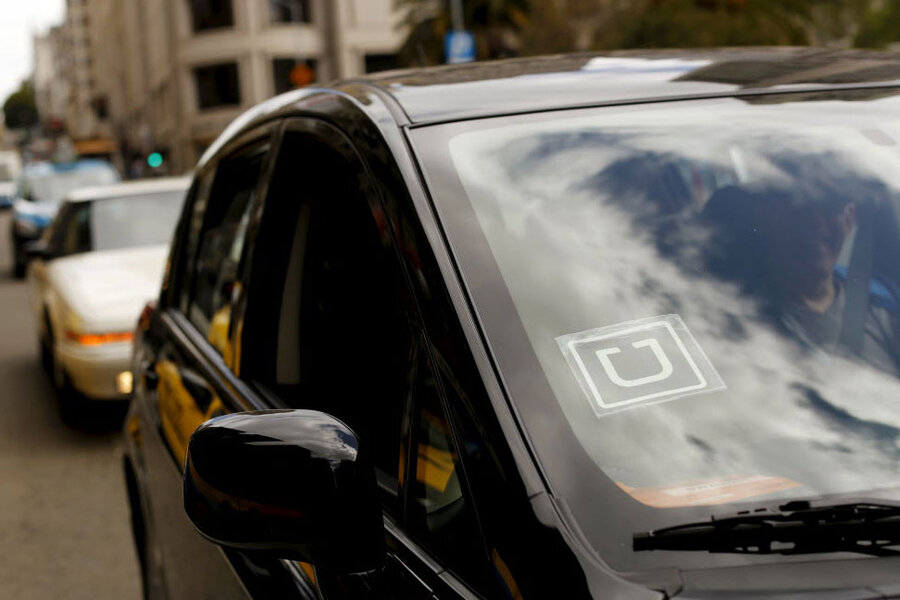Why Uber's driverless car has been spotted all over Pittsburgh
Loading...
Silicon Valley has a knack for concealing its experiments, but it seems as if no one can keep their autonomous car models from the public’s view. Now Uber appears to be flaunting its driverless cars as they begin road testing.
The ride-sharing company’s self-driving prototype was spotted in Pittsburgh with “Uber Advanced Technologies Center" splashed across its side, according to the Pittsburgh Business Times. And if its emblem wasn’t a specific enough clue, the rotating sensors on top of the car was a dead giveaway.
"This vehicle is part of our early research efforts regarding mapping, safety, and autonomy systems," Uber spokeswoman Trina Smith says in an e-mail to Pittsburgh Business Times.
Uber announced its partnership with Carnegie Mellon University to create Uber Advanced Technologies in February, stating in a blog post that the center’s focus would be on “research and development, primarily in the areas of mapping and vehicle safety and autonomy technology.”
While Uber declined to comment further about the tech inside the car, it was likely sporting the same technology spotted on Apple’s prototype, which was seen roaming California in February. Apple’s driverless vehicle was decked out in spinning LiDAR sensors and cameras, which are both essential to the street-level mapping that autonomous cars rely on.
Uber’s chief executive officer, Travis Kalanick, has been blunt about his endeavor to subtract drivers from its cabs. Last year, he stated at Code Conference that “the reason Uber could be expensive is because you’re not just paying for the car – you’re paying for the other dude in the car.” He added that, “When there’s no other dude in the car, the cost of taking an Uber anywhere becomes cheaper than owning a vehicle. So the magic there is, you basically bring the cost below the cost of ownership for everybody, and then car ownership goes away.”
A report released this week from Barclays analyst Brian Johnson titled "Disruptive Mobility" highlights exactly how much money Uber and its customers could save by going driverless.
“By removing the driver from the equation (the largest cost in a taxi ride), the average cost per mile to the consumer could be 44 cents for a private ride in a standard sedan and 8 cents for a shared ride in a two-seater,” Mr. Johnson wrote. He also concluded that subtracting human drivers could drop the price of hitching a ride with Uber “well below” the current $3 to $3.50 per mile with UberX or the $1 to $1.50 per mile for an UberPool vehicle, its beta cab-sharing service.
With the growing number of companies entering the self-driving car market, including one of Uber's biggest investors, Google, it certainly seems as if taxi drivers may one day be a causality of 21st century technology. And while it may seem odd for Uber to gloat about working hard to one day fire its employees, the company already has a rocky relationship with its drivers (as one reporter found out first hand).






